Some of the most memorable anime faces didn’t spring from thin air—they were shaped by real historical figures, athletes, and movie stars. Creators often borrow mannerisms, backstories, and even visual models from the real world to give their characters extra authenticity. From samurai legends to Hollywood icons, here are notable examples where the inspiration is on record or clearly documented by the artists themselves.
Spike Spiegel
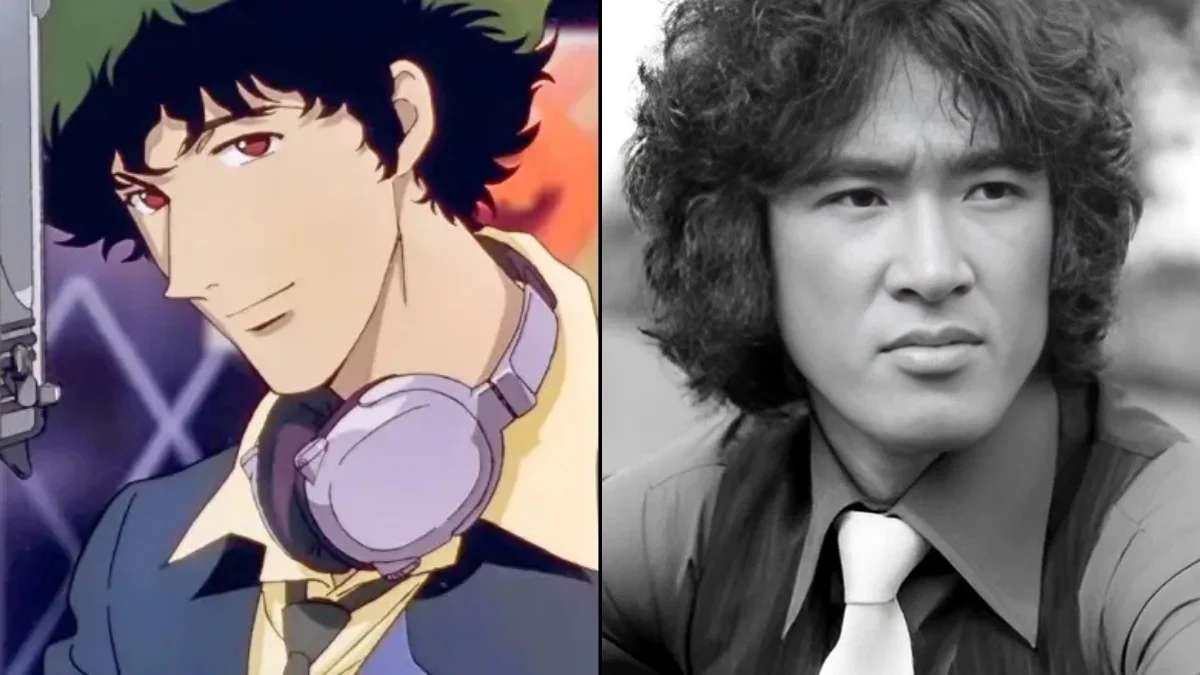 Sunrise / TMDb
Sunrise / TMDbThe production team behind ‘Cowboy Bebop’ modeled Spike’s cool look on Japanese actor Yūsaku Matsuda, especially his turn in the detective drama ‘Detective Story’. His relaxed stance and lanky silhouette mirror Matsuda’s screen presence. Spike’s fight choreography also lifts from Bruce Lee’s Jeet Kune Do, guiding the character’s fluid, improvisational combat style.
Kenshiro
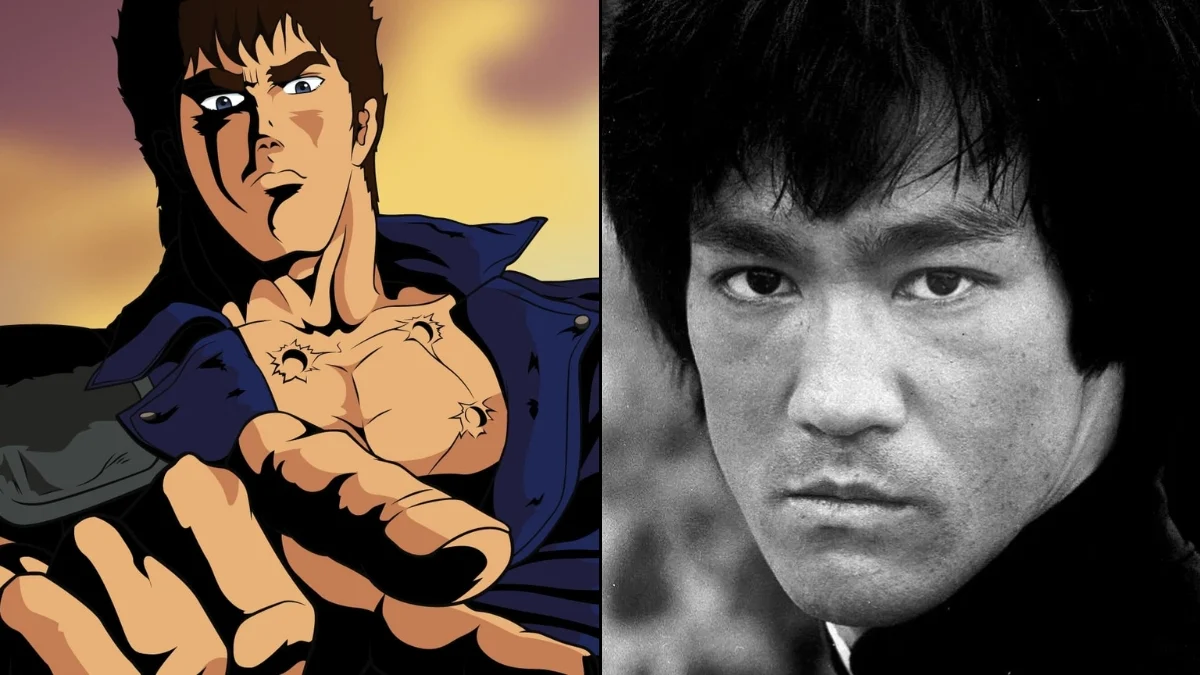 Toei Animation / TMDb
Toei Animation / TMDbTetsuo Hara has cited Bruce Lee as a key influence for Kenshiro in ‘Fist of the North Star’. Kenshiro’s musculature, explosive strikes, and piercing expressions echo Lee’s screen persona. The series’ post-apocalyptic tone drew from the gritty aesthetic of action cinema, but the hero’s martial bearing was built on Lee’s example.
Jotaro Kujo
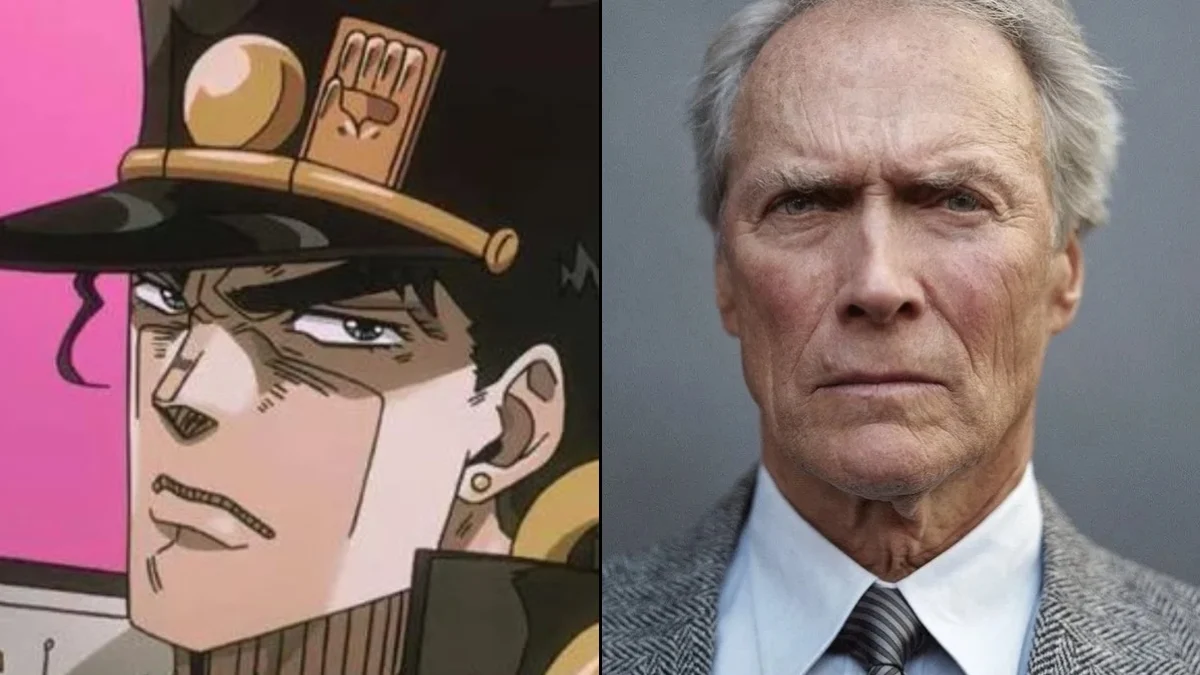 David Production / TMDb
David Production / TMDbHirohiko Araki modeled Jotaro from ‘JoJo’s Bizarre Adventure’ on Clint Eastwood’s taciturn, steely archetype. The hat brim, terse dialogue, and unflappable demeanor intentionally channel Eastwood’s Western and crime-film roles. Araki has also noted that Jotaro’s poses and presence were crafted to evoke that same intimidating calm.
Lupin III
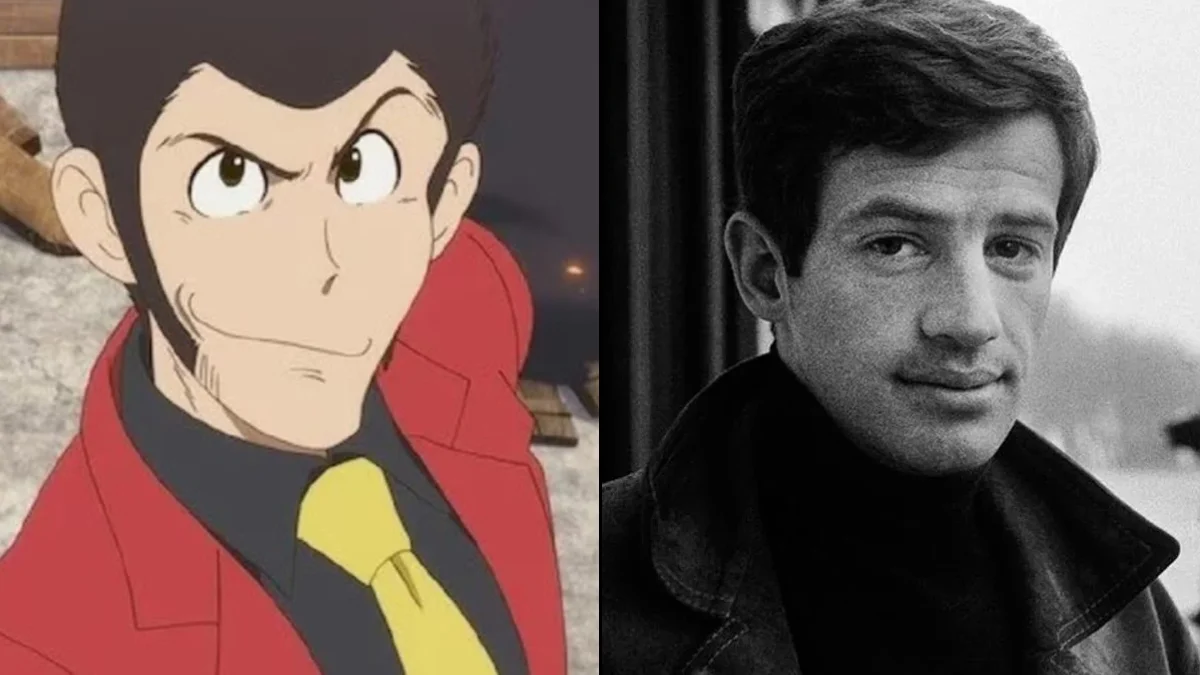 Monkey Punch / TMDb
Monkey Punch / TMDbMonkey Punch shaped the title rogue of ‘Lupin the Third’ with French New Wave star Jean-Paul Belmondo in mind. Belmondo’s mischievous charm and elastic facial expressions informed Lupin’s design and swagger. While the name nods to Maurice Leblanc’s gentleman thief, the character’s screen-actor DNA is unmistakable in how he moves and mugs.
Daisuke Jigen
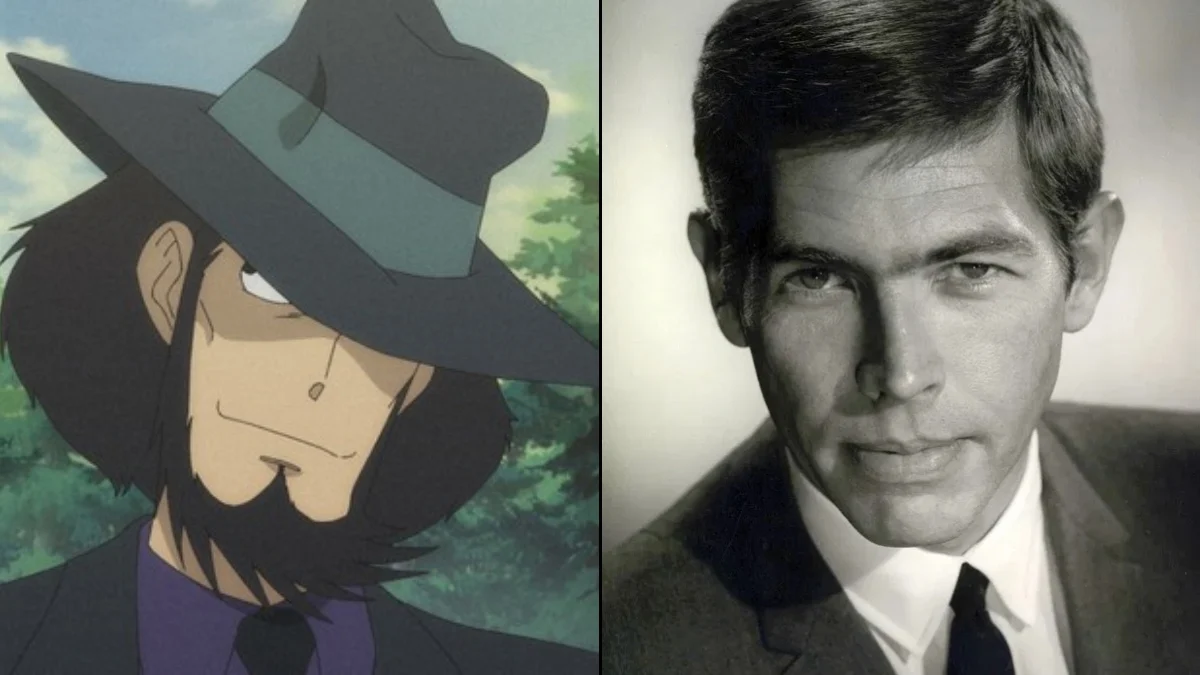 Monkey Punch / TMDb
Monkey Punch / TMDbJigen from ‘Lupin the Third’ traces directly to actor James Coburn, particularly his gunman roles like in ‘The Magnificent Seven’. Monkey Punch styled Jigen’s hat, beard, and lean silhouette after Coburn’s cool gunslinger image. Even Jigen’s laconic attitude mirrors the minimalist, sharp-shooting archetype Coburn popularized.
Ash Ketchum
 The Pokémon Company / IMDb
The Pokémon Company / IMDbIn Japan, Ash is named Satoshi, a tribute to Pokémon creator Satoshi Tajiri. Tajiri’s childhood bug-catching adventures and fascination with collecting informed Ash’s curiosity and perseverance in ‘Pokémon’. The character’s journey—leaving home to explore, catalog creatures, and grow through battles—tracks to Tajiri’s own passion for discovery.
Thorfinn
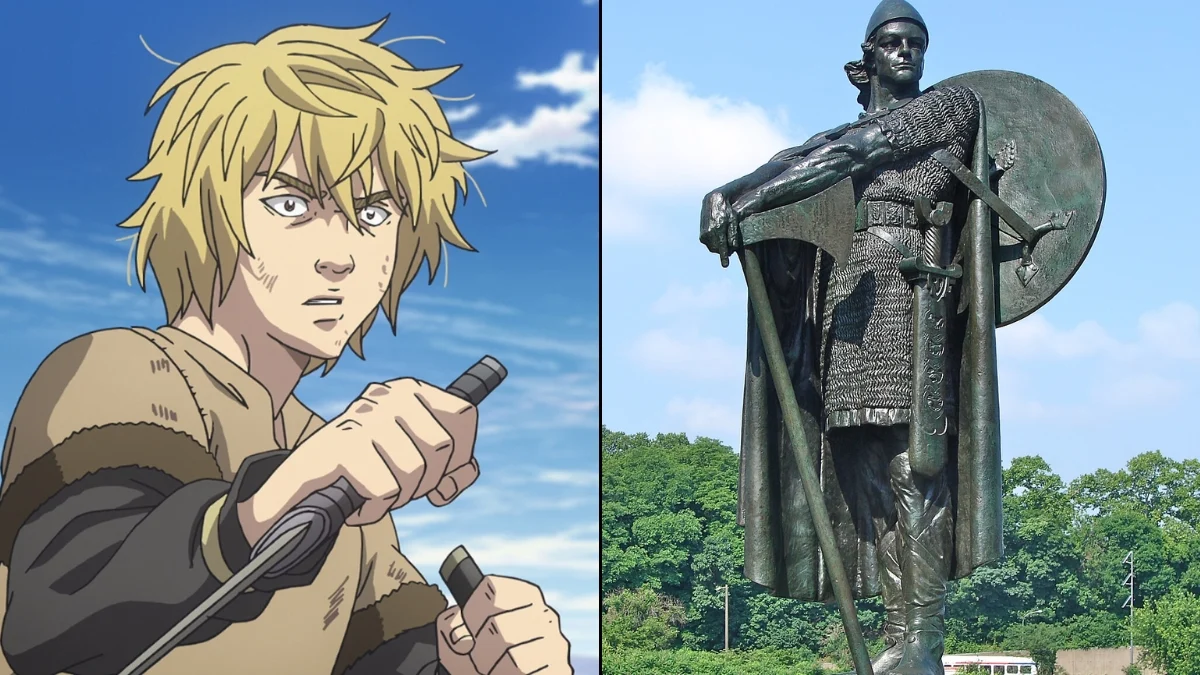 Wit/MAPPA / Einar Jónsson
Wit/MAPPA / Einar Jónsson‘Vinland Saga’ adapts the life of the Icelandic explorer Thorfinn Karlsefni from the medieval sagas. The series builds Thorfinn’s timeline, voyages, and encounters from those texts, adjusting events for drama while maintaining the historical framework. His connections to Norse traders and settlers reflect documented Atlantic exploration in the Viking Age.
Leif Erikson
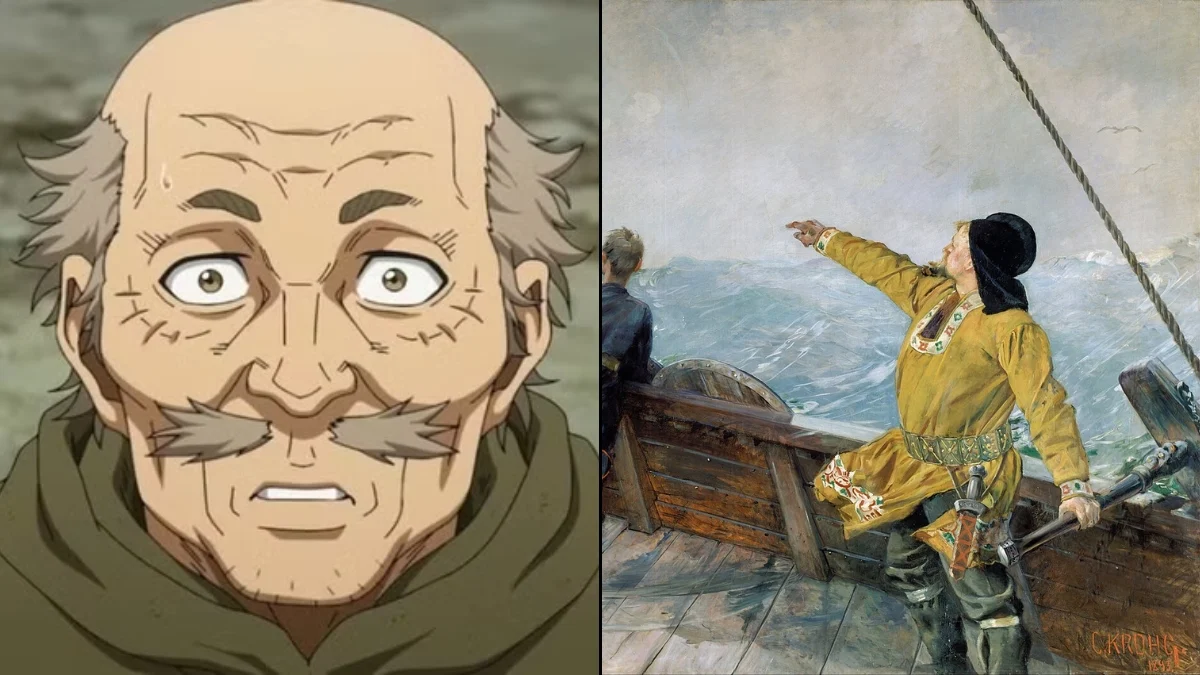 Wit/MAPPA / Christian Krohg
Wit/MAPPA / Christian KrohgAlso in ‘Vinland Saga’, Leif Erikson appears as the seasoned sailor who recounts westward voyages. The character draws from saga accounts of Leif’s journey to lands later identified as parts of North America. His mentoring role in the story aligns with the tradition that portrays Leif as an experienced navigator and storyteller.
Yasuke
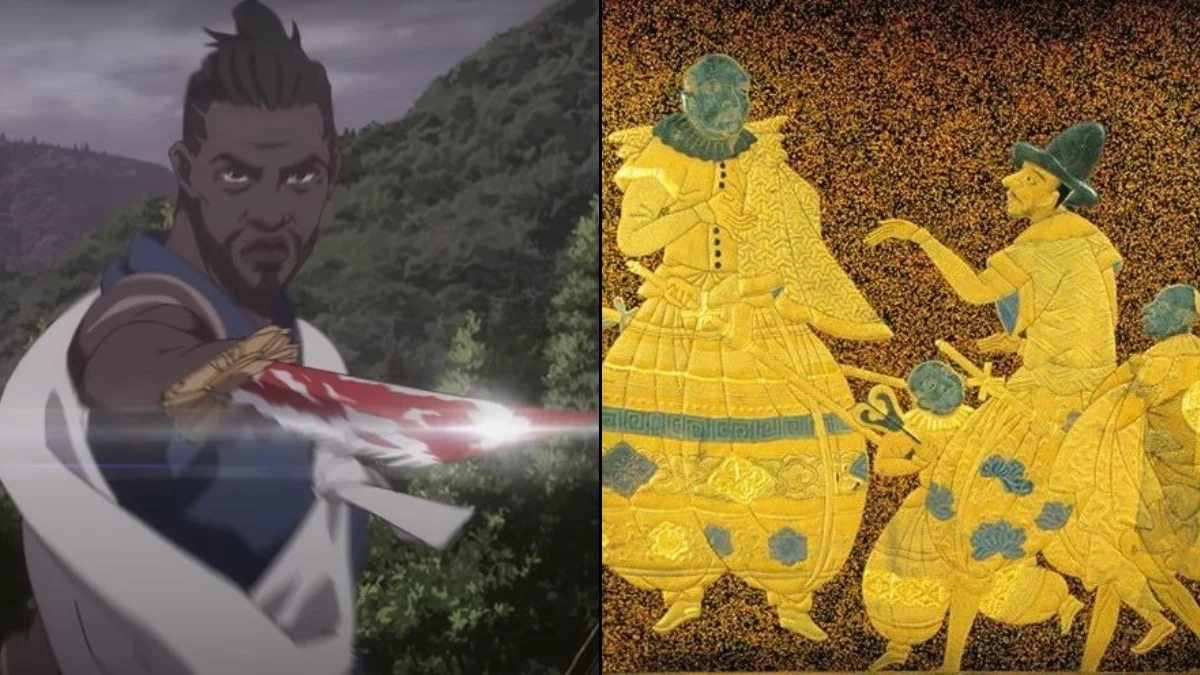 MAPPA / Wikimedia Commons
MAPPA / Wikimedia Commons‘Yasuke’ centers on the African retainer who served the warlord Oda Nobunaga in 16th-century Japan. Historical records describe Yasuke’s arrival with Jesuit missionaries and his unusual status at Nobunaga’s side. The anime embellishes his later life with fantasy elements, but the core figure and setting come from documented encounters.
Oda Nobunaga
 Hoods Drifters Studio / Kanō Sōshū
Hoods Drifters Studio / Kanō SōshūIn ‘Drifters’, Oda Nobunaga is transported into a fantasy world, yet his tactics and worldview reference the real Sengoku-era daimyo. The series highlights his use of firearms, pragmatic alliances, and relentless ambition drawn from historical chronicles. These traits anchor the character to the well-known military innovator behind Japan’s unification drive.
Hijikata Toshizo
 Geno Studio / Tamoto Kenzō
Geno Studio / Tamoto Kenzō‘Golden Kamuy’ portrays Hijikata Toshizo, the historical vice-commander of the Shinsengumi, reimagined as having survived beyond the Boshin War. His strict code, swordsmanship, and political stance align with records of the late-Edo police force and its leadership. The story folds those details into the hunt for Ainu gold across Hokkaido.
Ei Sei (Ying Zheng)
 Pierrot / Wikimedia Commons
Pierrot / Wikimedia Commons‘Kingdom’ features Ei Sei, based on Ying Zheng, the ruler who became Qin Shi Huang, the First Emperor of China. The narrative follows his consolidation of power and campaigns to unify the warring states. Character decisions around reforms, centralization, and military strategy reflect the historical transformation that reshaped ancient China.
Iskandar (Alexander the Great)
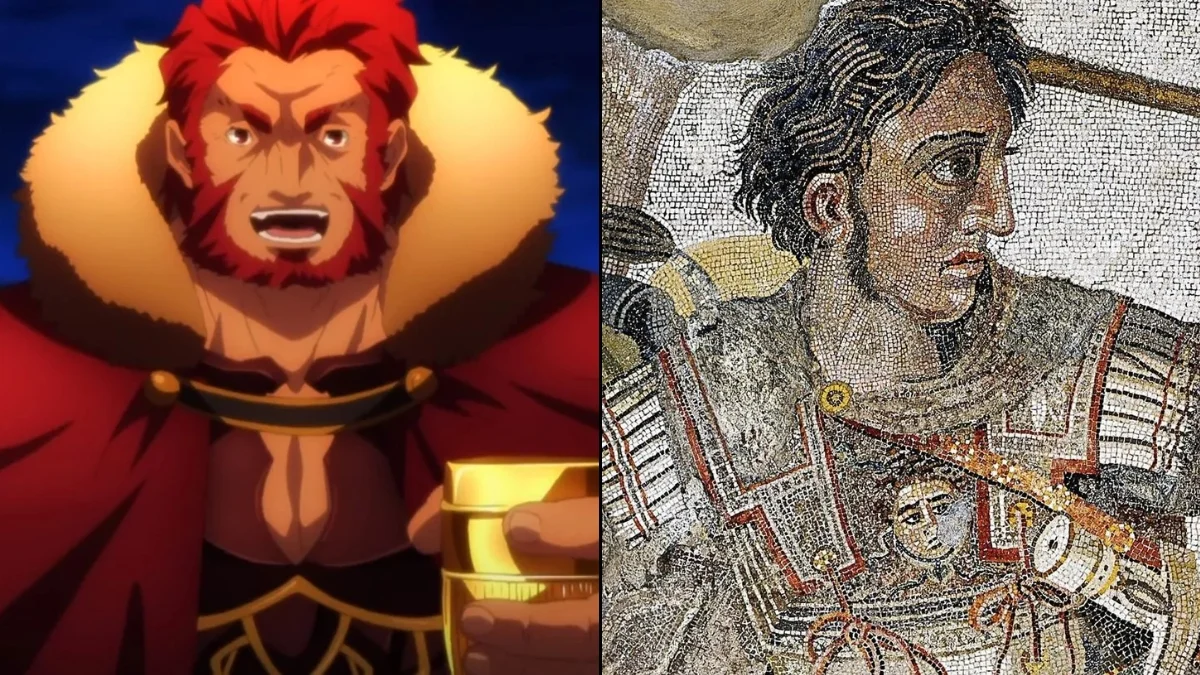 ufotable / Wikimedia Commons
ufotable / Wikimedia CommonsIn ‘Fate/Zero’, Iskandar takes his cues from Alexander III of Macedon, famed for rapid conquests across Asia. The series adapts his charisma, strategic daring, and dream of a vast, multicultural realm into a larger-than-life heroic spirit. Dialogues about rulership and companionship draw on the historical image of a general who inspired fierce loyalty.
Doppo Orochi
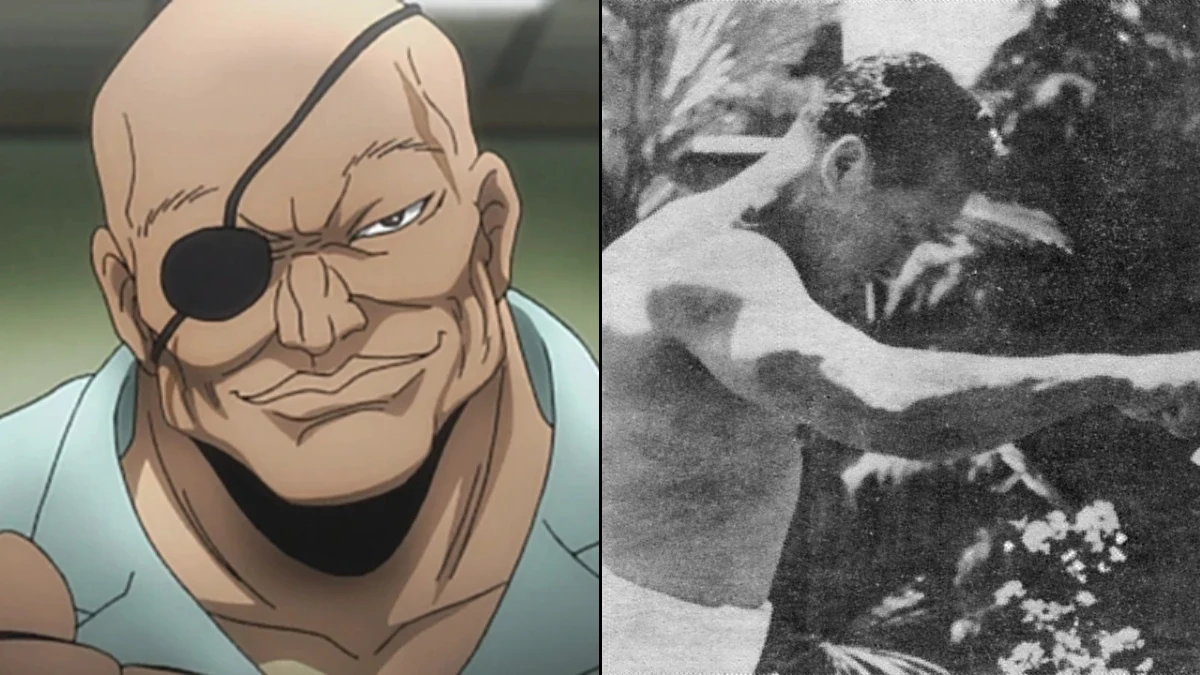 Netflix / Japan Sports Publishing
Netflix / Japan Sports PublishingThe ‘Baki’ franchise’s karate titan Doppo Orochi is modeled on Masutatsu Oyama, founder of Kyokushin Karate. References to bare-knuckle tests, bull challenges, and harsh training directly echo Oyama’s public feats and teachings. Orochi’s techniques and dojo culture serve as a stylized homage to Oyama’s full-contact philosophy.
Hanamichi Sakuragi
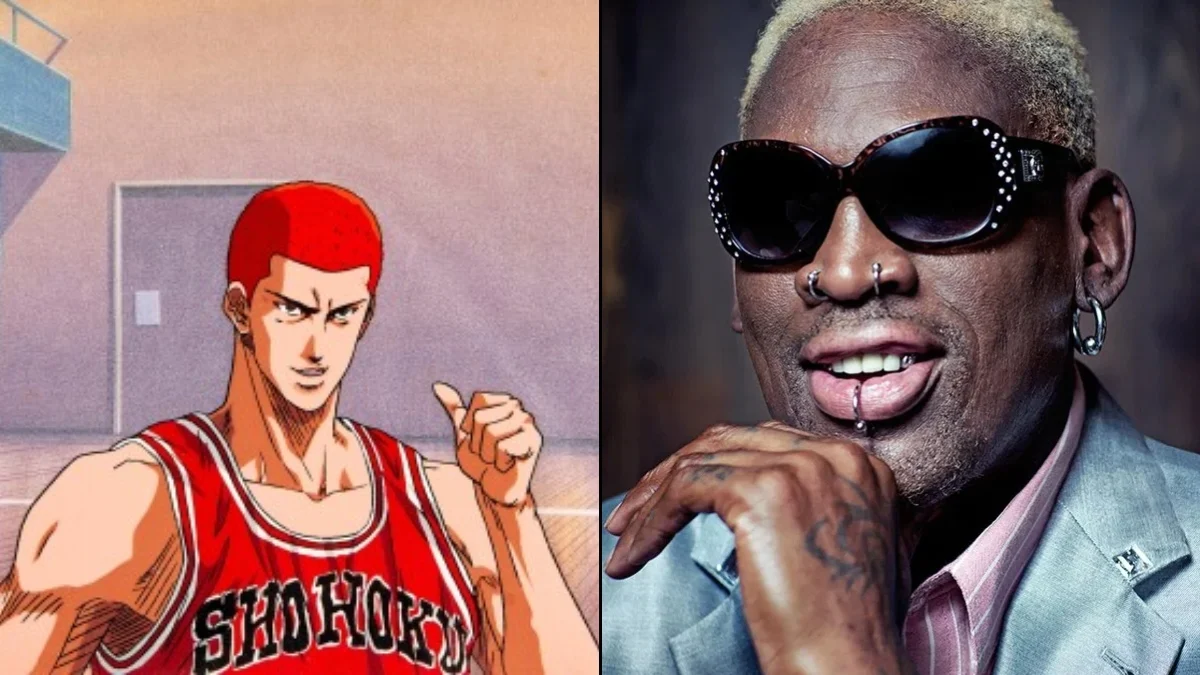 Toei Animation /TMDb
Toei Animation /TMDbTakehiko Inoue drew on NBA star Dennis Rodman when shaping Hanamichi Sakuragi in ‘Slam Dunk’. The emphasis on rebounding, relentless hustle, and disruptive defensive play parallels Rodman’s on-court identity. Visual flourishes and body language in key panels underscore a focus on energy and boards over polished scoring.
Share your picks for real-world inspirations behind anime characters in the comments!

.jpeg)

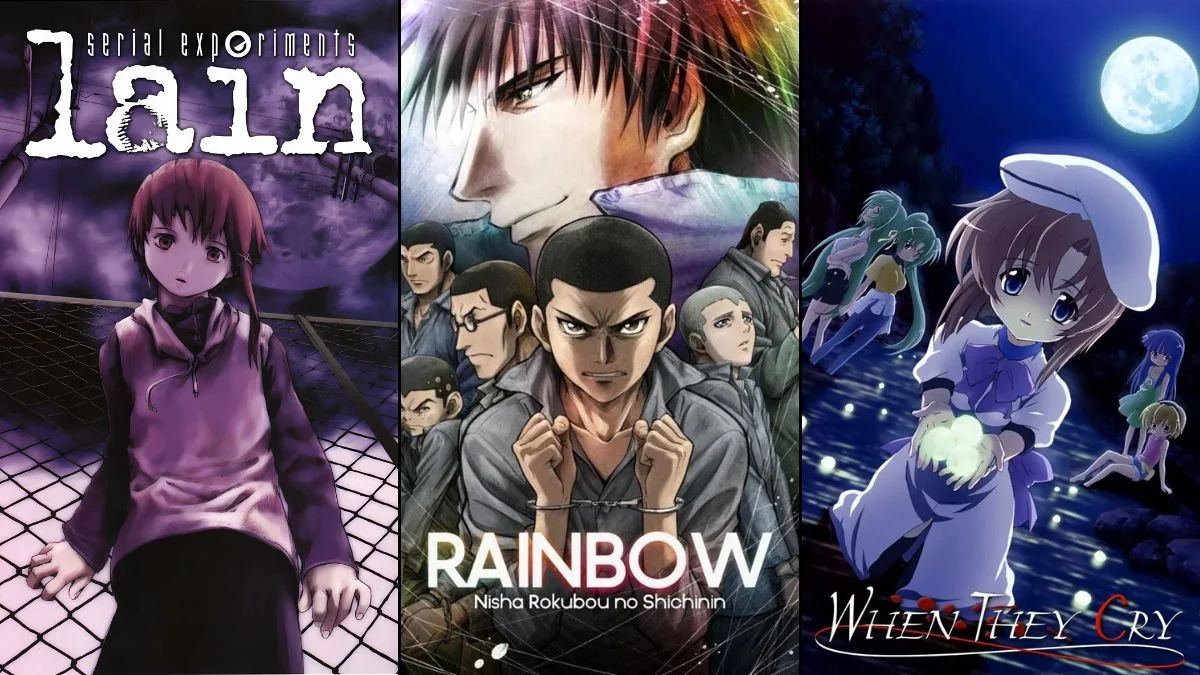


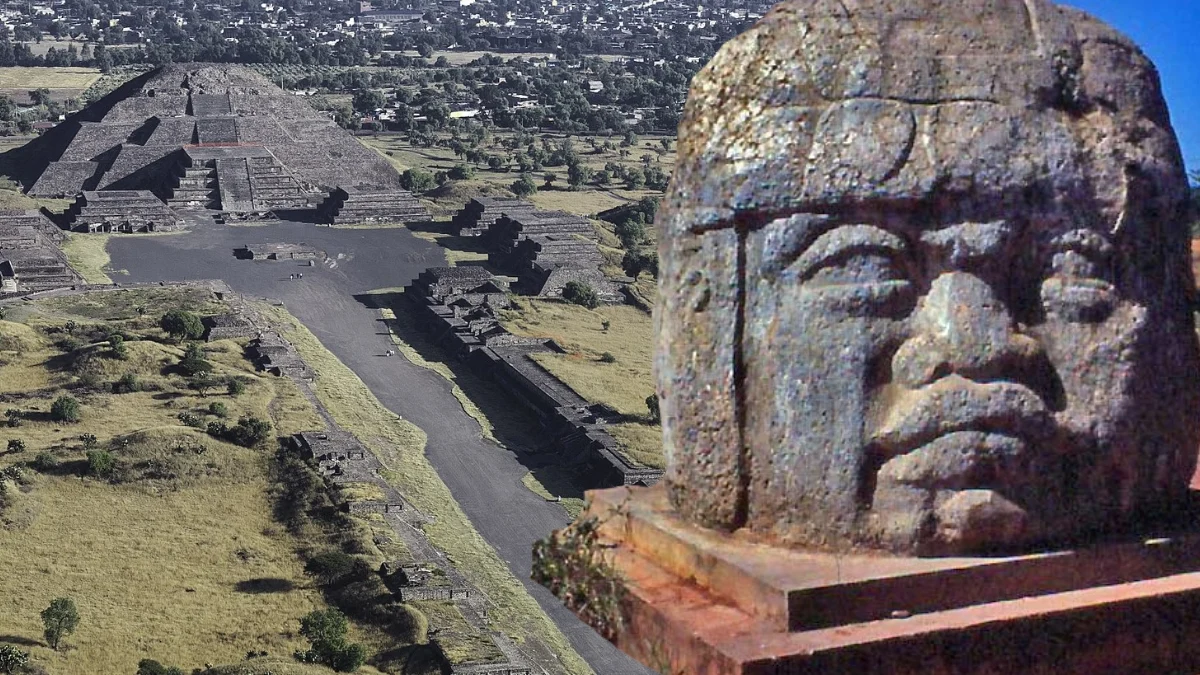
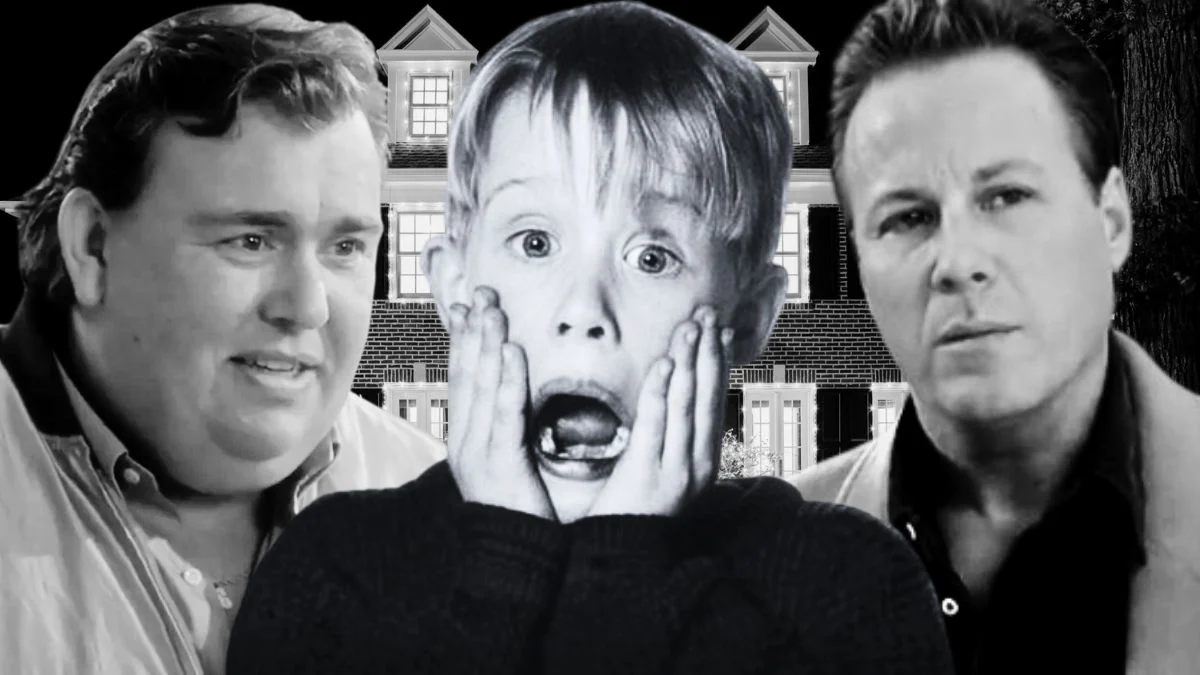

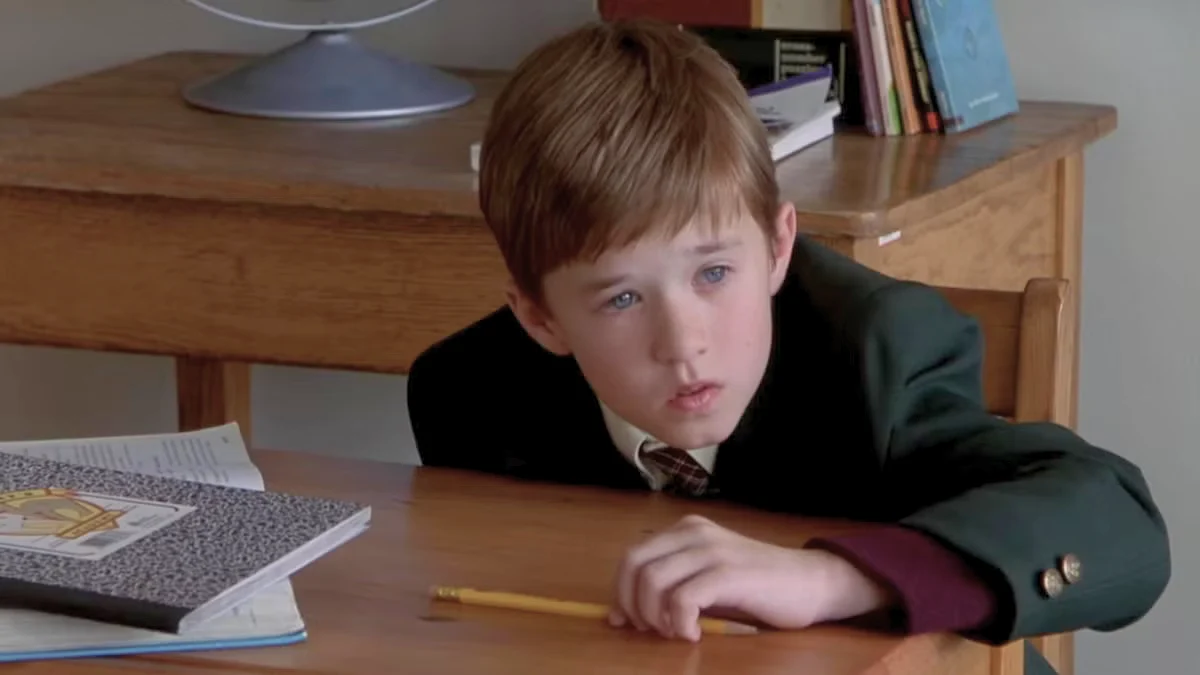

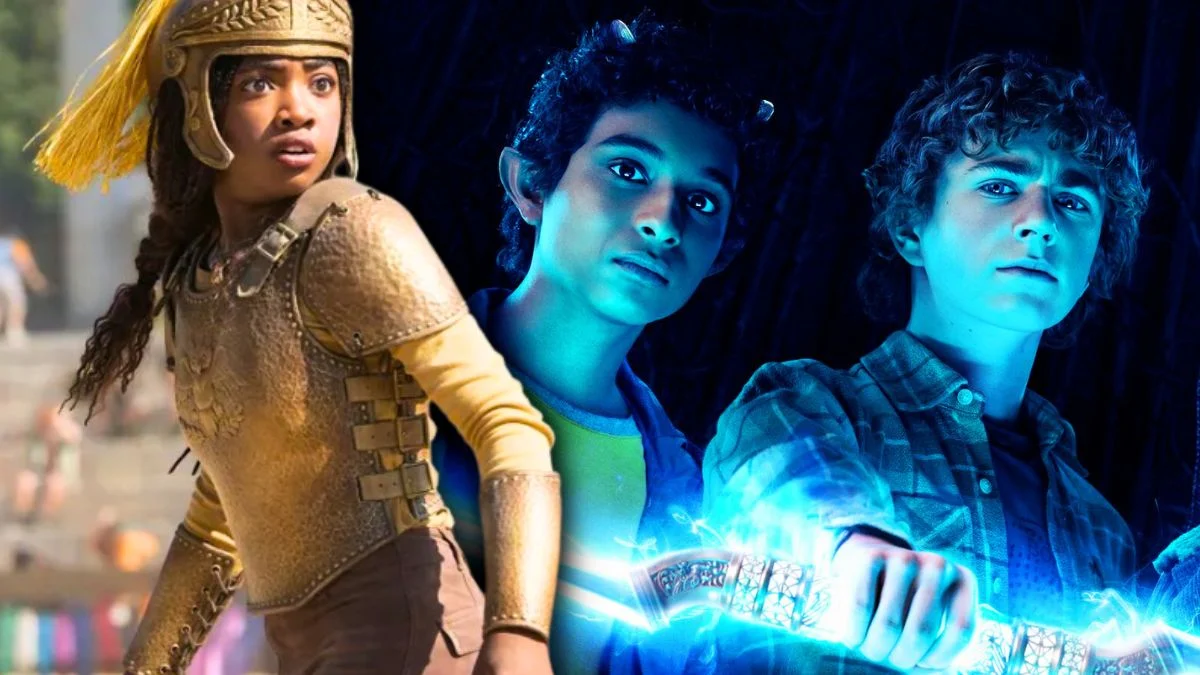
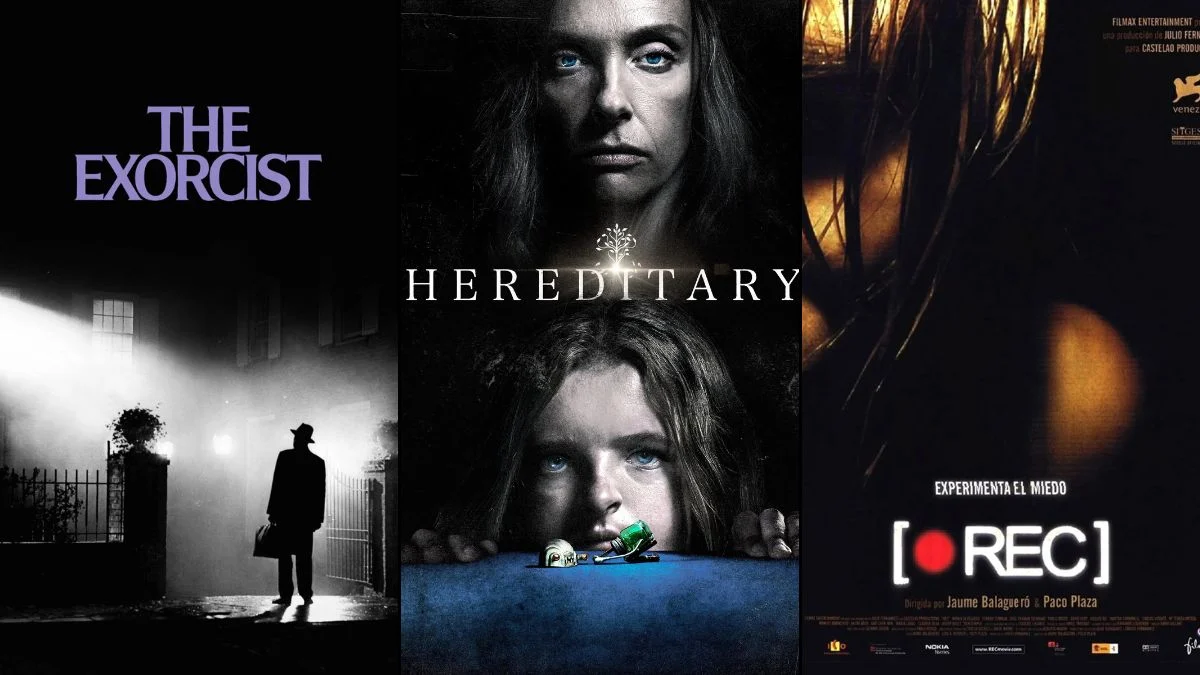

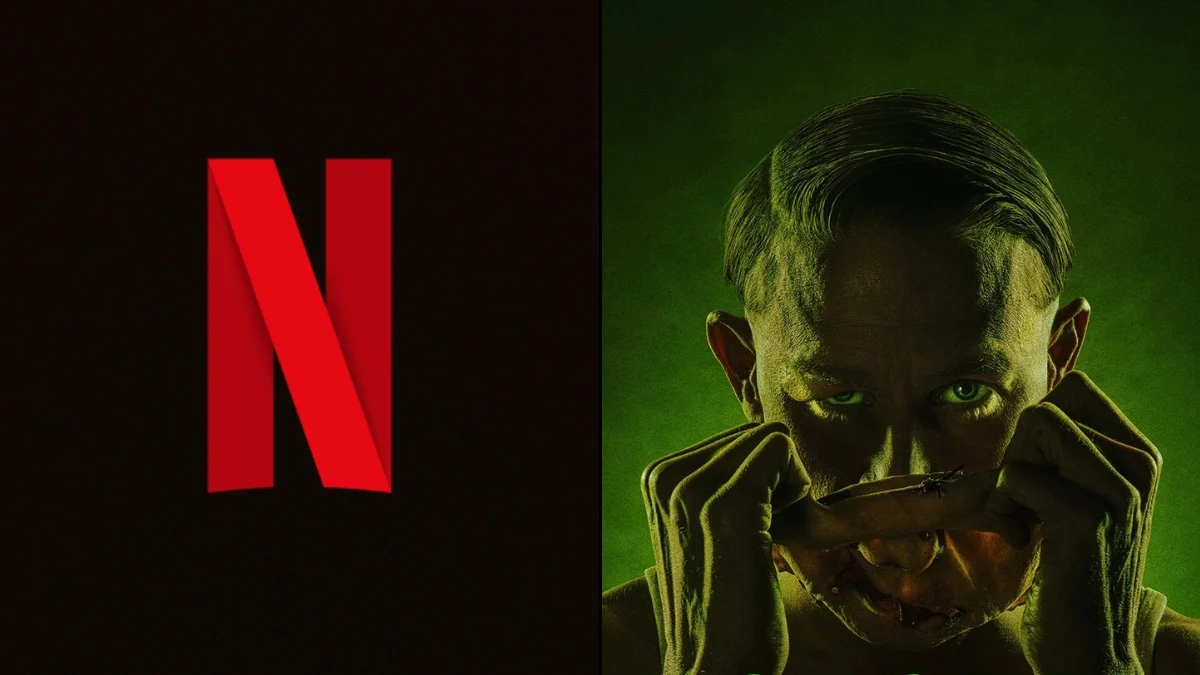
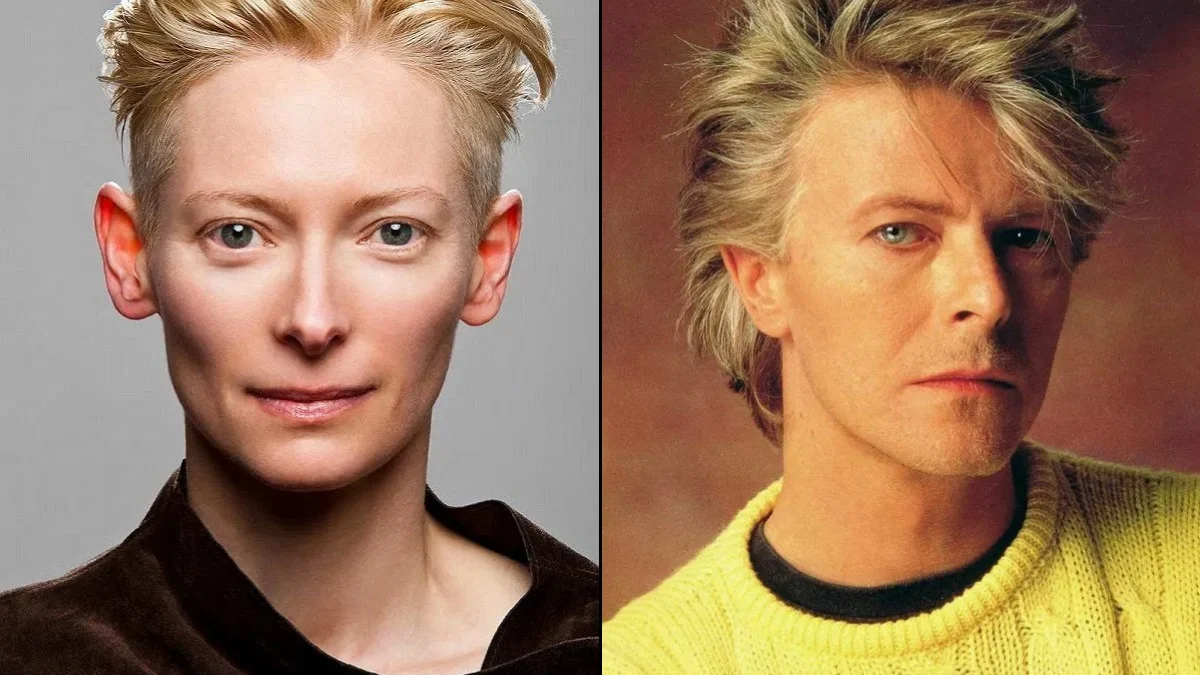
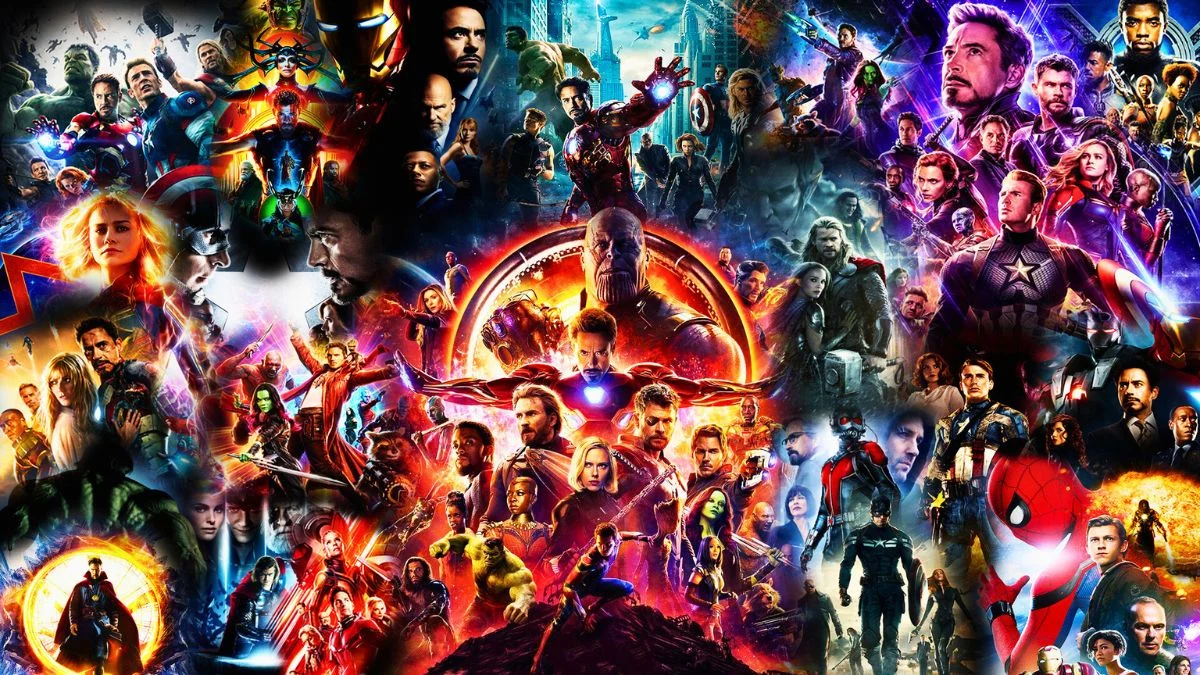
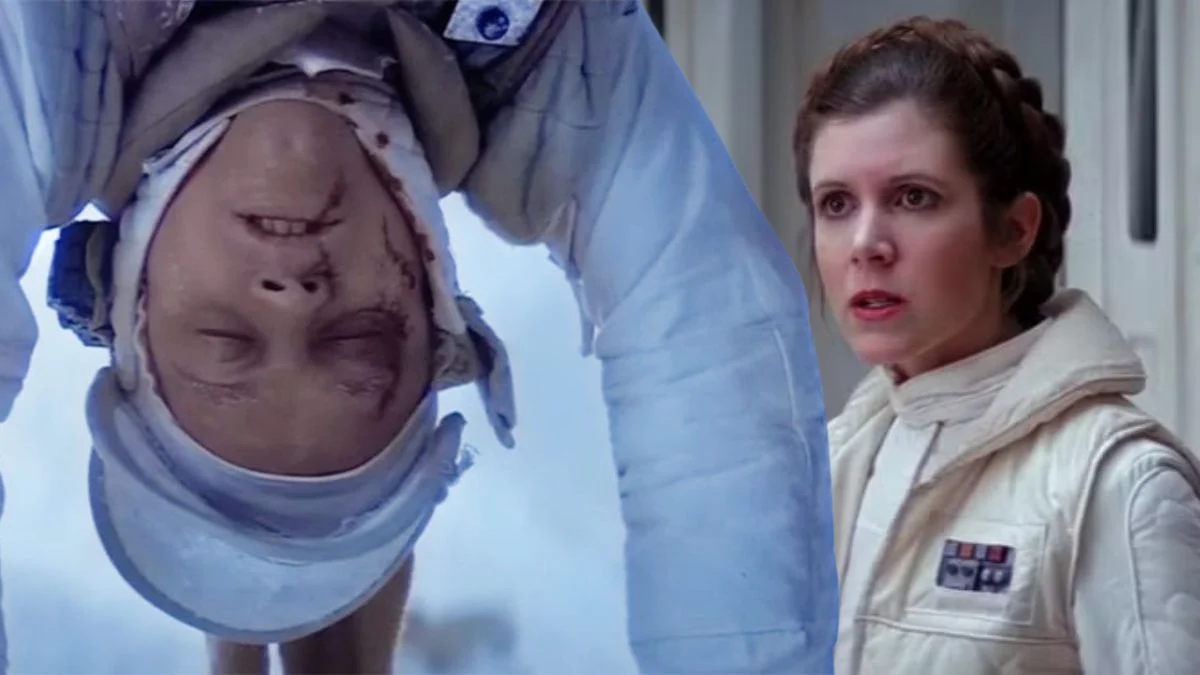
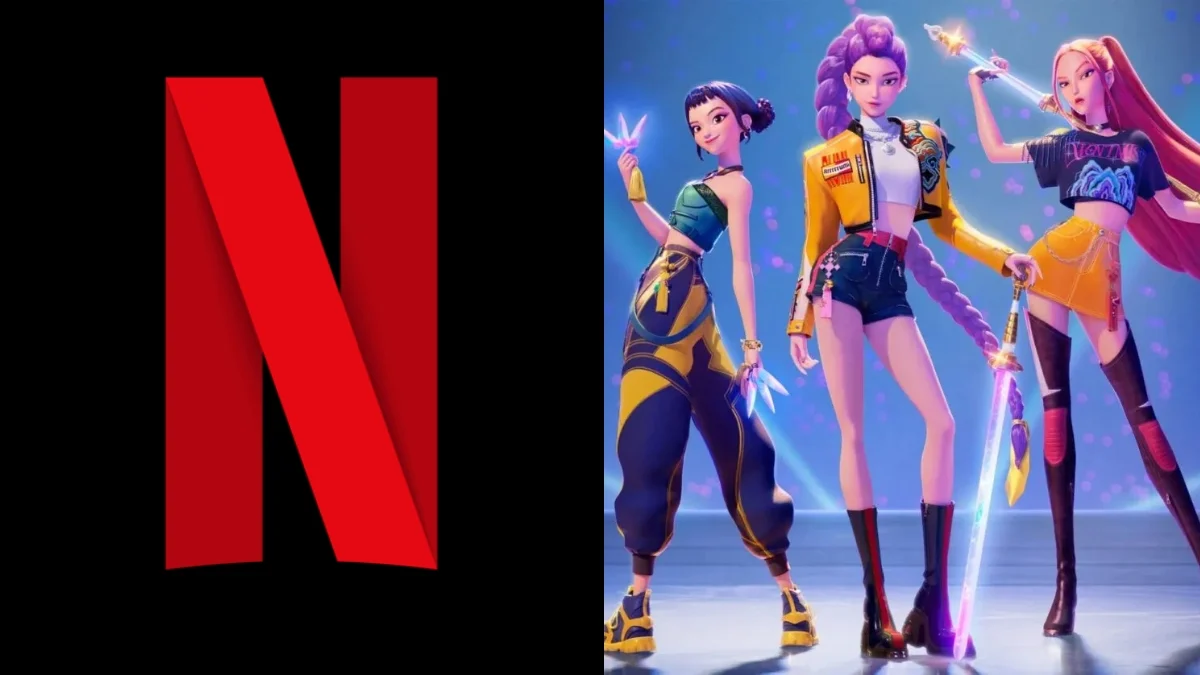
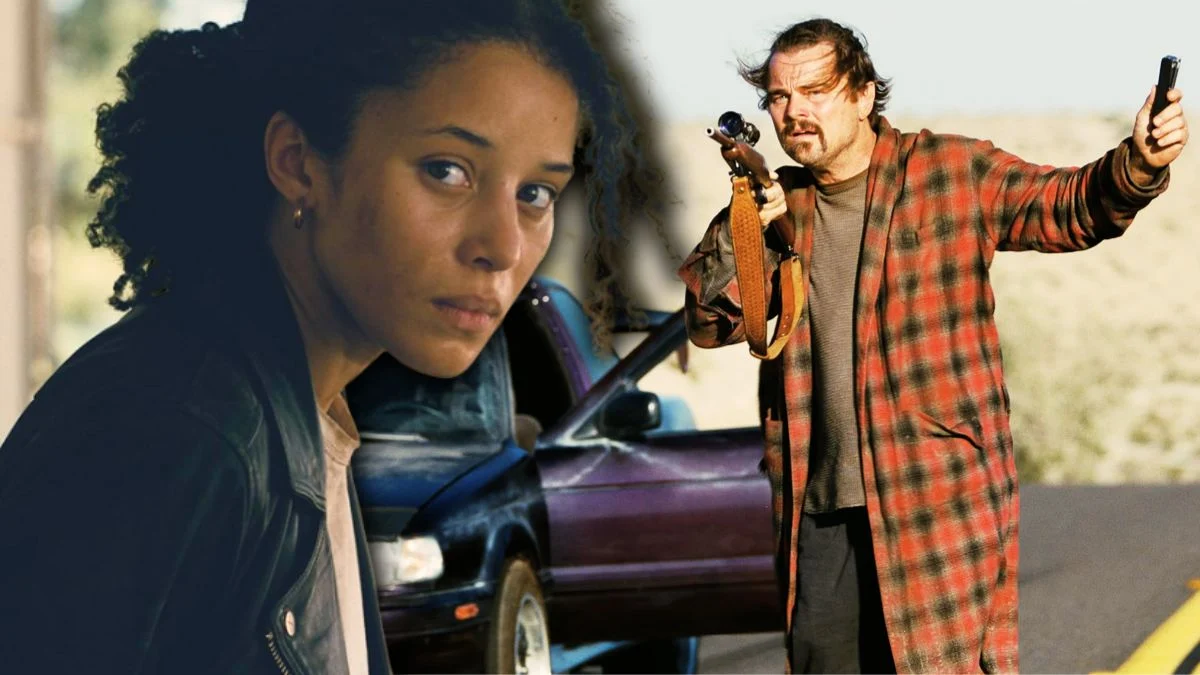
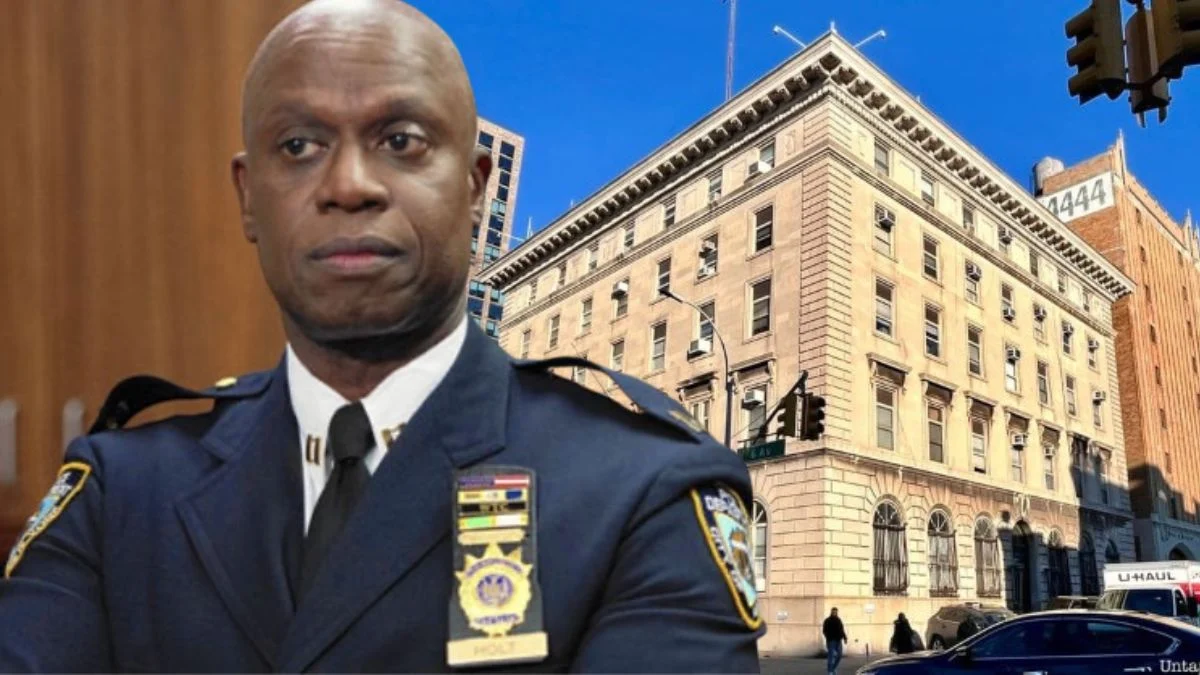





.jpeg)











 English (US) ·
English (US) ·